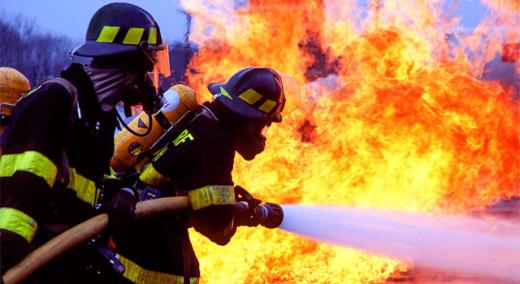‘Firefighters are heroes.” We hear it all the time, from children, the media, and young people looking for a rewarding career. It’s probably something you’ve said or thought yourself at one time or another. These brave men and women put their own safety on the line every day to protect their communities.
|
ADVERTISEMENT |
Yet, amazingly, one of the most dangerous aspects of the job isn’t the fire itself, but the protective clothing they wear on the job. According to the Firefighter Cancer Support Network, firefighters are significantly more likely to develop cancer due to their exposure to carcinogens.
…

Add new comment